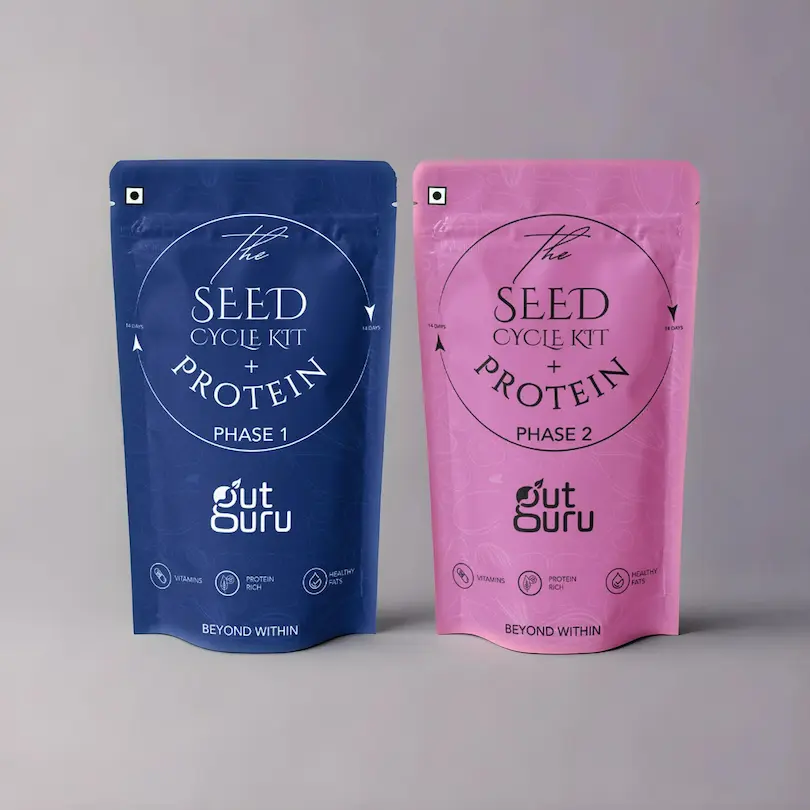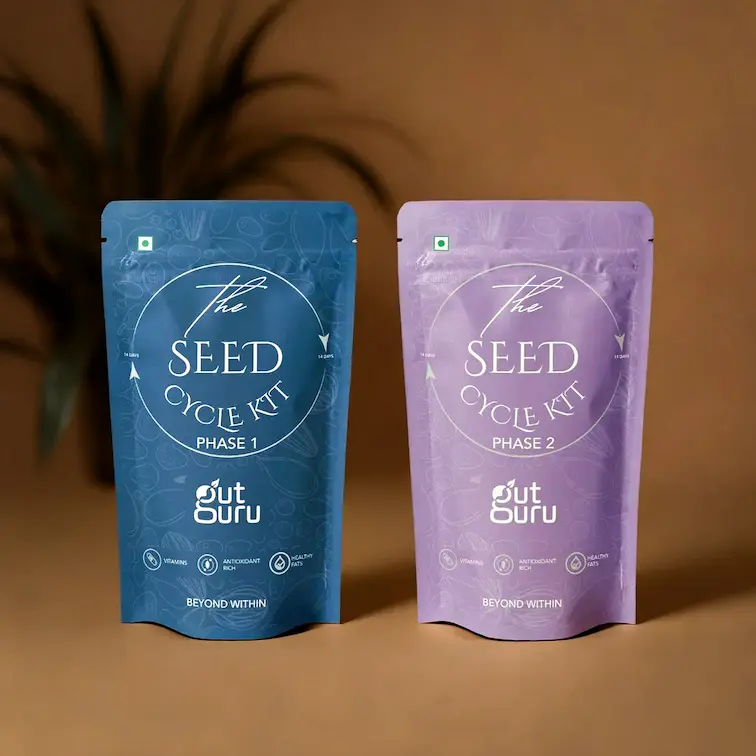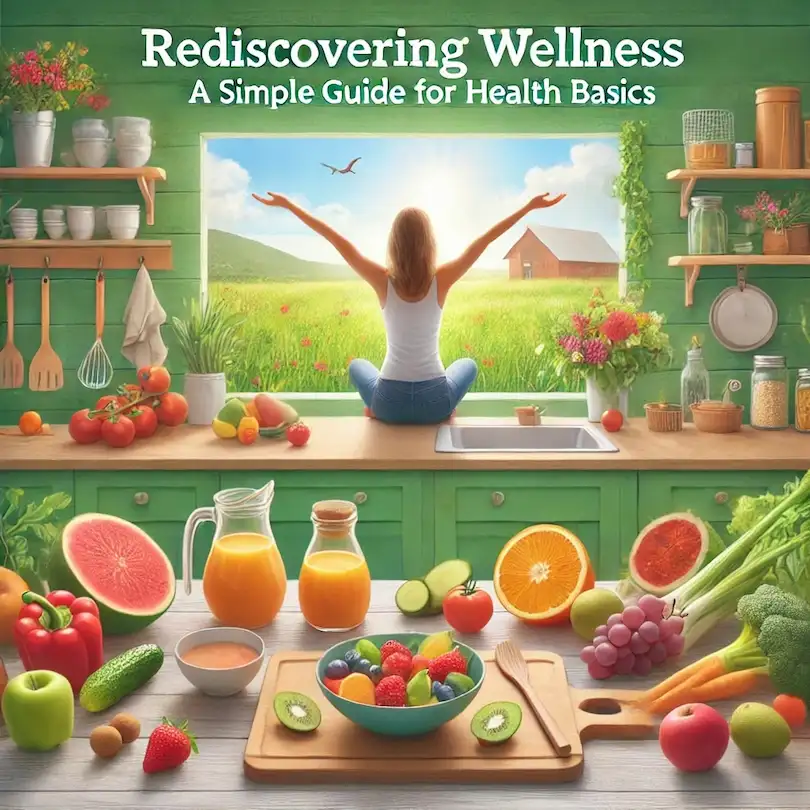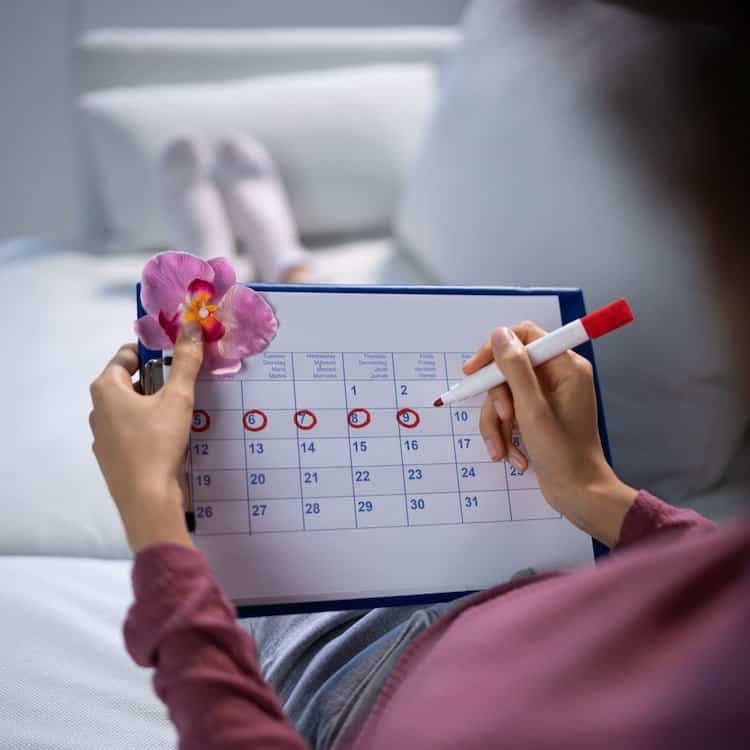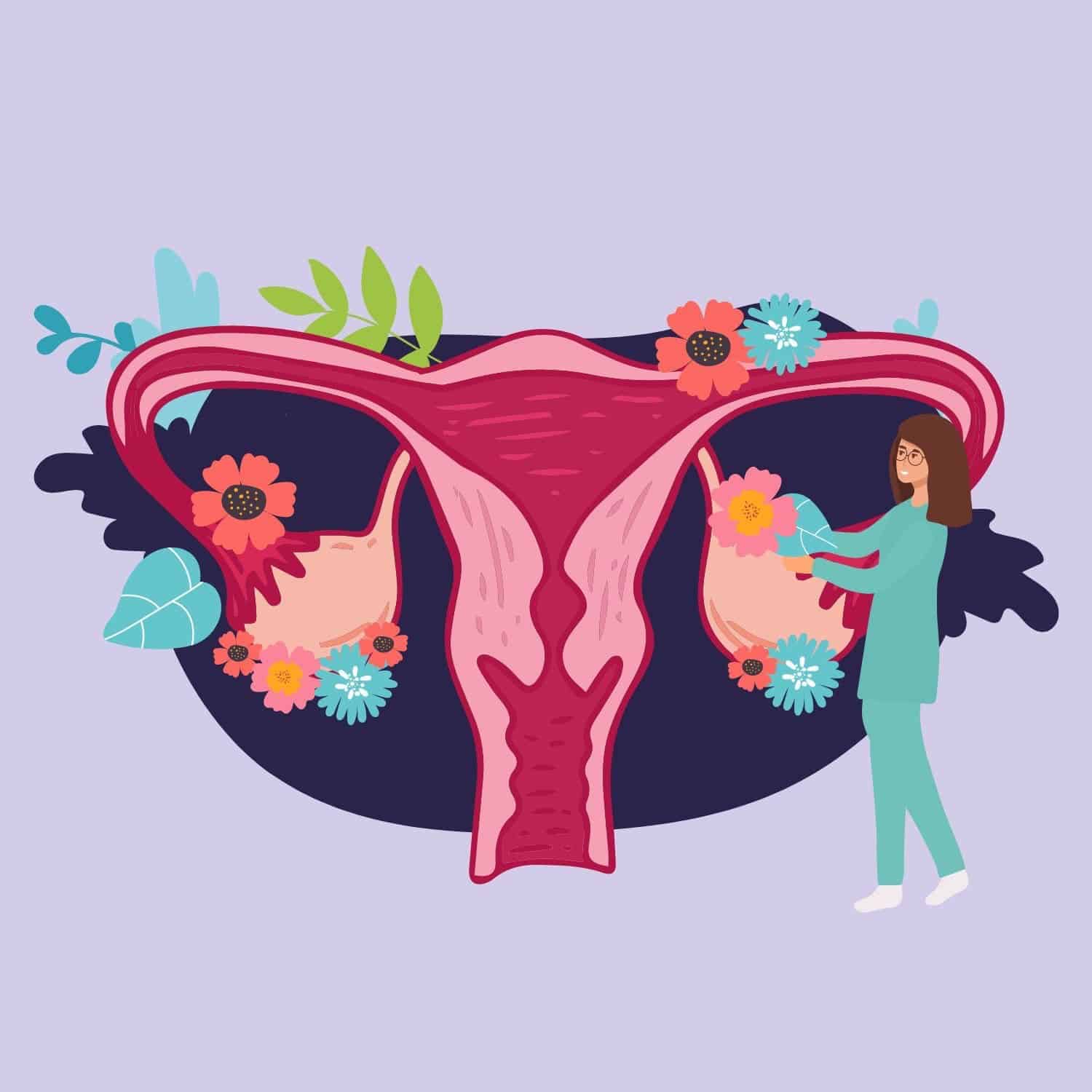Protein has entered the chat.* And we can’t stop talking about it. While it’s no secret that protein is important, did you know that eating enough protein can do wonders for your hormones? With the spotlight on this powerful macronutrient, today we’re diving into all things protein—including how it supports the female menstrual cycle and simple ways to amp up your intake, especially for those following a vegetarian diet in India.
Protein and hormones—what’s the connection?
A variety of factors influence our hormones. But one nutrient plays a particularly important role: protein. It’s essential for synthesizing hormones, especially those involved in the menstrual cycle. In other words, proteins are building blocks to support our reproductive health. We need enough of it to produce estrogen, progesterone, and testosterone.
How much protein do women need?
As with most nutrition questions, the answer is nuanced. There’s no universal, one-size-fits-all protein formula. Protein requirements vary based on factors like age, gender, body composition, activity level, and overall health. For most healthy adults, the recommended daily intake is approximately 0.8 grams of protein per kilogram of body weight. This means that a sedentary woman weighing 68 kg (150 pounds) would require 55 grams of protein per day. However, most experts will agree: those numbers are far too low.
What happens if you don’t eat enough protein?
Right off the bat, it can lead to muscle soreness, fatigue, and a weakened immune system. Low protein intake also impacts blood sugar levels (protein is required for stable blood sugar!). You also need protein for the formation and maintenance of strong bones. Additionally, insufficient protein intake can lead to hormonal imbalances, including irregular periods and fertility issues.
Can you get all the protein you need on a vegetarian diet?
Yes! So long as you eat a wide variety of whole foods, you can absolutely get the protein you need. For example, a meal containing lentils, chickpeas, and paneer provides all the essential amino acids found in a typical meat dish. Ultimately, focus on diversifying your plant foods (aim for 30+ plants every week) for an adequate mix of essential amino acids. You’ll also want to consider a vitamin B12 supplement.
When in doubt, work with a plant-forward healthcare provider to make sure you’re getting enough vitamins, minerals, and protein.
The protein gap in India
Despite the importance of protein, many Indians fall short of their daily requirements. Studies have shown that about 73% of Indians are deficient in protein intake, primarily due to dietary patterns that are high in carbohydrates and low in protein-rich foods. This gap highlights the need for greater awareness and easy access to protein sources, especially for vegetarians.
8 creative ways to add more protein to your daily eats
Beyond the usual suspects—like making a protein-forward smoothie—we come bearing simple inspo to bulk up your favorite meals with Indian vegetarian options.
- Protein-rich Greek yogurt bowl Mix a scoop of chocolate or vanilla protein powder into a bowl of Greek yogurt (or hung curd). Top with berries, nut butter, a high-protein cereal, and seeds.
- Hummus and veggies Make this protein-packed hummus recipe. Enjoy with chopped veggies and seedy crackers.
- Make these protein-packed chillas Looking to satisfy your savory cravings and meet your protein goals? Check out these besan (gram flour) chillas, loaded with chopped veggies and paneer.
- Protein-packed oatmeal As you whisk your oats on the stove, stir in 1-2 egg whites (up to ¼ cup liquid egg whites) if you consume eggs. Alternatively, add a scoop of plant-based protein powder. Top your bowl with seeds and crushed nuts.
- Salty, savory snack Roast chickpeas and sprinkle with sea salt. For more satiation and protein, pair this with a handful of nuts or a serving of Greek yogurt.
- Moong dal cheela Make these moong dal cheelas for a grab-and-go breakfast. Add cottage cheese, paneer, or tofu to the batter for extra protein.
- Chickpea salad For a quick and satisfying lunch, whip up a chickpea salad with cucumbers, tomatoes, and a lemon-tahini dressing. Add a few tablespoons of Greek yogurt to the mix for extra protein.
- Protein-packed roti Mix some chickpea flour or soy flour into your whole wheat flour to make protein-packed rotis. Enjoy them with a side of protein-rich dal.
With these tips and ideas, you can easily boost your protein intake and support your hormonal health.
